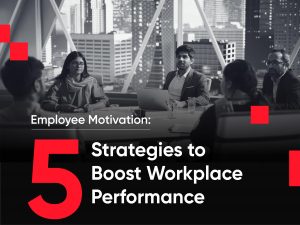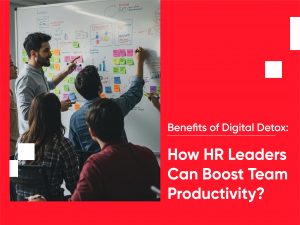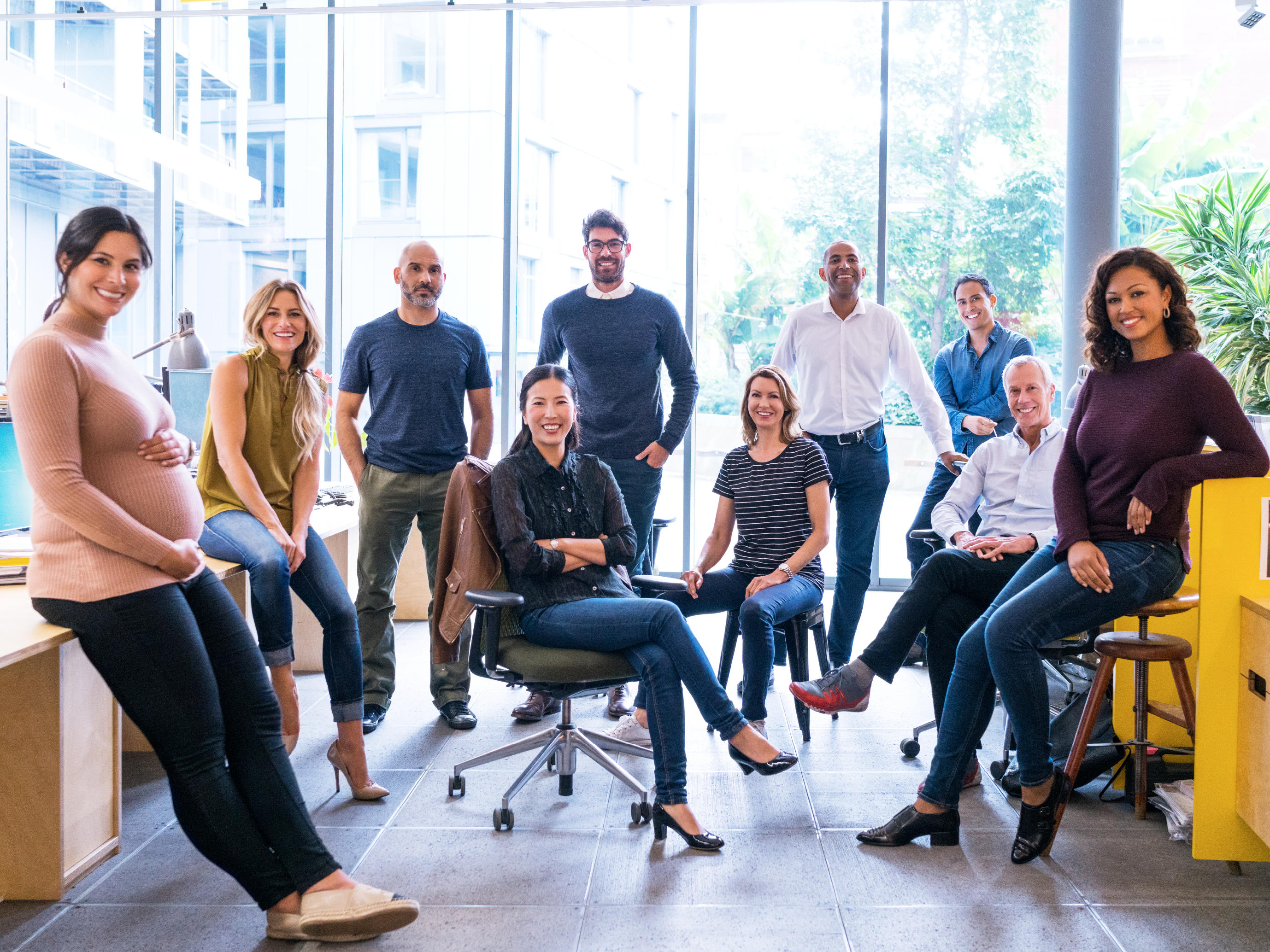Reading Time: 4 minutes
The latest IT report by Great Place To Work India unravels workforce dynamics trends. Delving into challenges such as diminished camaraderie and organizational pride, we analyze factors contributing to the industry’s employee experience decline. Additionally, we address burnout levels, remote work trends, and future-focused strategies. Join us in understanding the nuanced challenges and envisioning a resilient and innovative path forward for the IT workforce.
Yearly Trends Reflect a 1% drop in Employee Perception
In the dynamic landscape of the Information Technology (IT) industry, the pulse of employee perception reveals a nuanced narrative in 2023. A noticeable shift is observed, marked by a 1% drop in the Trust Index Grand Mean and Overriding Sentiment. This modest decline challenges the industry’s upward trajectory, prompting a closer examination of the factors influencing the workplace experience for IT professionals.
Interestingly, within the intricate tapestry of this trend, there exists a notable divergence between large and mid-size organizations. While large organizations showcase a commendable effort, managing to improve the employee experience by 1%, their mid-sized counterparts demonstrate consistent performance, maintaining a steady 85%. These intriguing dynamic positions mid-size organizations ahead, surpassing their larger counterparts in providing a stable and satisfactory work environment. This shift underscores the importance of organizational size in influencing employee experience and suggests potential advantages in agility and adaptability for mid-size entities.
Despite the overall decline in sentiments, the IT industry retains its stronghold, boasting the second-highest Trust Index Grand Mean across various sectors at 84%. This resilience is a testament to the IT sector’s enduring appeal and economic significance.

Perception Decline Led by Females, GenZ, and ITES Vertical
- In 2023, the workplace landscape witnesses nuanced shifts impacting employee perceptions. Females experience a 1% decline due to concerns about micro-management and workplace politics, while male counterparts maintain stability.
- Generation Z encounters a 1% dip, grappling with work-life balance and fair promotions, while Generation X sees an improvement. Millennials remain steady at 84%.
- ITES faces a notable 2% decline within industry verticals linked to reduced confidence in non-discrimination practices. Conversely, IT Consulting witnesses a 1% rise in trust levels, and Software experiences a 1% decline. IT Services and other verticals maintain a robust 85% trust level.
These trends highlight the dynamic interplay of gender, generation, and industry-specific challenges, emphasizing the need for tailored strategies to foster a workplace environment that addresses diverse concerns and sustains positive perceptions amid the evolving nature of work.
Perception Decline Driven by Drop in Team Spirits and Organizational Pride
The IT industry grapples with a decline in employee experience, notably driven by a 1% reduction in Camaraderie and Pride, indicative of diminished team spirits and organizational pride. Respect and Fairness exhibit the most significant variation, with a 25-26% gap between the most and least positively perceived sentiments.
This decline points to the crucial role of interpersonal dynamics and organizational culture in shaping the overall workplace experience. Aspects such as diminished camaraderie and pride contribute to a less positive work environment, emphasizing the need for targeted interventions to restore a sense of unity, mutual respect, and fairness within the IT industry. Focusing on these dimensions becomes paramount in addressing the nuanced challenges impacting employee well-being and satisfaction.

The IT Engagement Equation: Why It’s Changing
Global Economic Slowdown
The global economy has been slowing down in recent years, and this has had an impact on the Indian IT industry. Many IT companies have had to lay off employees or reduce salaries to stay afloat. This has led to a decline in employee morale and satisfaction.
Rise of Automation
Automation is becoming increasingly common in the IT industry and this is leading to job losses. Many employees are worried that machines and this will replace them is causing them to feel anxious and insecure.
Competition from Other Countries
The Indian IT industry faces increasing competition from other countries, such as China and the Philippines. These countries offer lower wages and more flexible working conditions, making them more attractive to employers. This is putting pressure on Indian IT companies to reduce costs and offer better benefits to their employees.
Changing IT Demands
The IT industry is constantly evolving, and employees need to be able to adapt to new technologies and trends. This can be stressful and challenging, and it can lead to burnout.
Overall Burnout Levels are Stable at 26% from 2022, Exhibiting 8% Variability Across Verticals

Way Forward: 3 Future Focus Areas for the IT Industry
In light of the challenging year for the IT industry, there is a heightened focus on employee well-being, camaraderie, and upskilling. In response to the IT industry’s current challenges and employee engagement concerns, organizations must prioritize Workplace Ikigai as a comprehensive solution. Workplace Ikigai, a measure of employee happiness and engagement, offers a strategic path to address workplace issues, ultimately improving Productivity, Retention, and Innovation.

As the IT industry navigates the complexities of a changing global landscape, these trends underscore the importance of holistic approaches. Prioritizing employee well-being, investing in continuous learning, and cultivating strong leadership are identified not only as strategic imperatives for organizational success but also as essential elements in creating a resilient, innovative, and adaptive workforce capable of meeting future challenges. Visit us here to know more.











